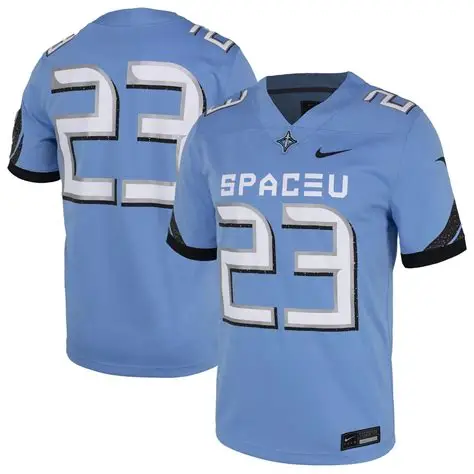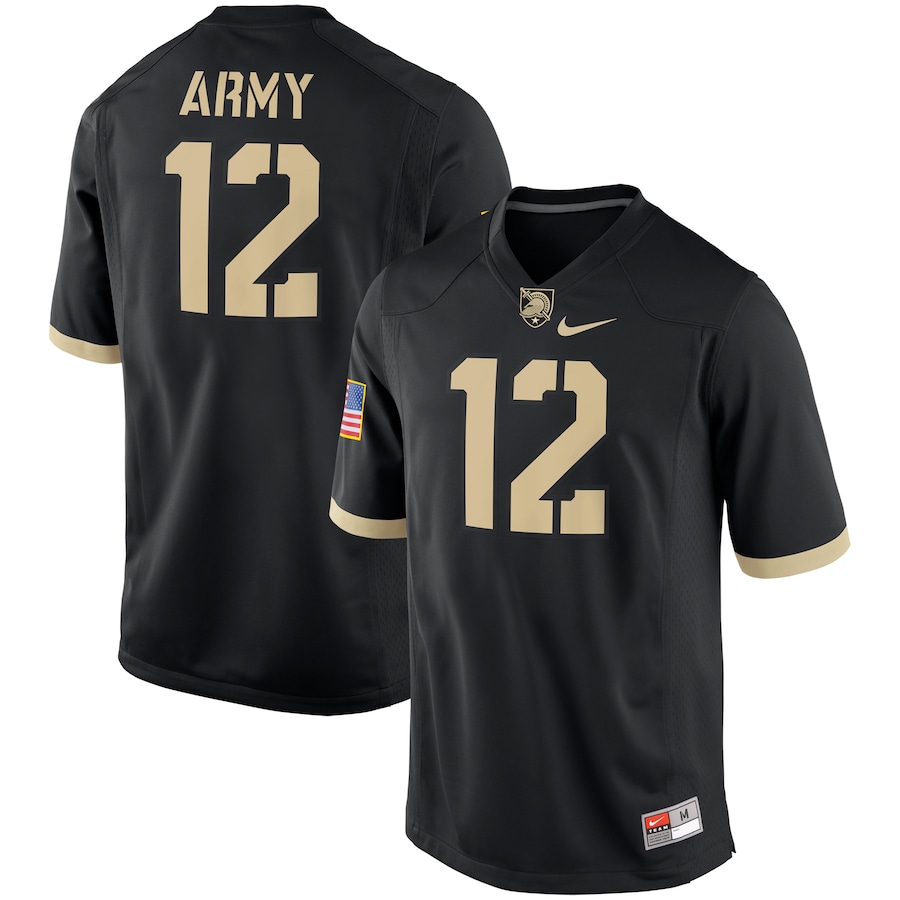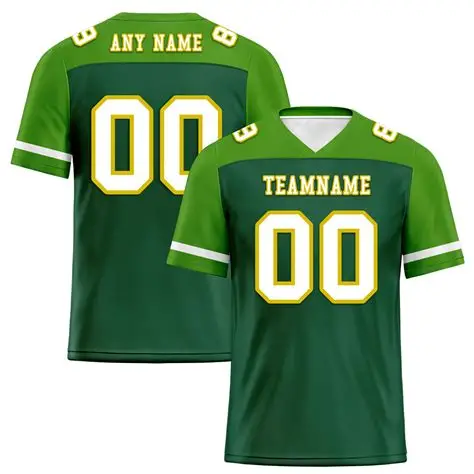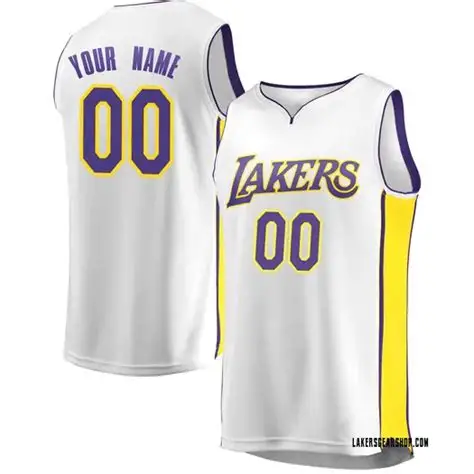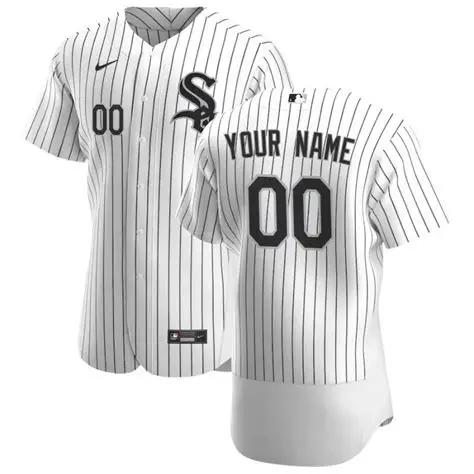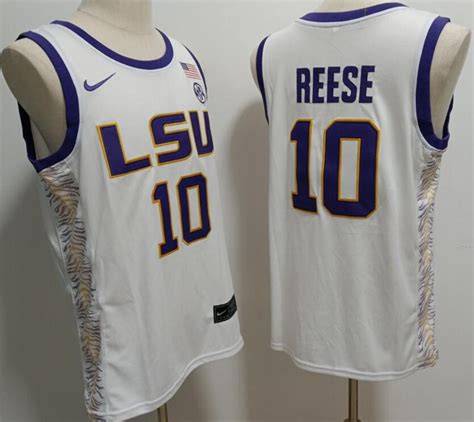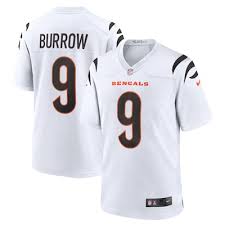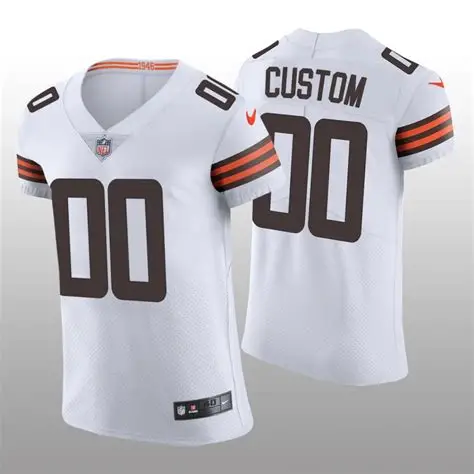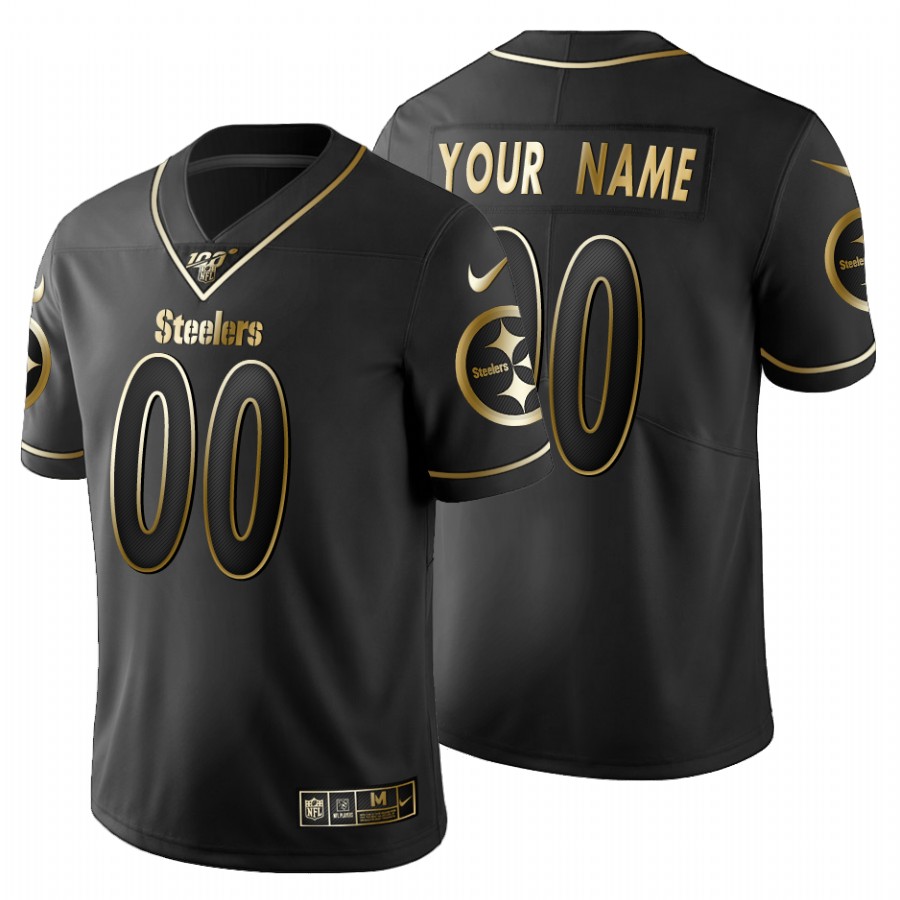
In football, jerseys aren’t just uniforms. They’re armor, identity, and a signal to opponents. And few make a statement like the all black football jersey. It’s sleek, unapologetic, and loaded with meaning: dominance, unity, and a touch of mystery. While some teams opt for bright hues or busy patterns, the all black jersey strips it down to the basics. This proves that sometimes, less is more. Let’s explore why these jerseys strike fear in rivals, resonate with fans, and have become a staple in the sport’s style legacy.
Why All Black Jerseys Feel Like a Statement
An all black football jersey isn’t just a color choice. It’s a mindset. Black absorbs light, making the jersey look sharp—almost imposing—under stadium lights. It hides dirt and sweat, keeping players looking crisp even in the fourth quarter. But more than that, it sends a message to the other team: “We’re here to work. No distractions, just dominance.” Coaches often say players step up their intensity when wearing all black. It’s as if the color itself fuels a little extra fire.
Fans feel it too. An all black jersey feels exclusive, like a limited-edition drop in sports form. When a team breaks out all black, it’s usually for big games—rival matchups, playoff pushes, moments that demand focus. This turns the stands into a sea of black, a visual reminder that the crowd is as locked in as the players. This isn’t just clothing. It’s a rallying cry.
NFL Teams That Own the All Black Look
Several NFL teams have turned the all black football jersey into their signature. For example, the Pittsburgh Steelers’ alternate all black jerseys are legendary. They have no logos, no frills—just solid black with gold numbers that pop like embers. When they wear them at Heinz Field, the stadium feels like a fortress. The New Orleans Saints also rock all black alternates. Their fleur-de-lis logo in silver adds a subtle touch of elegance to the intensity.
College football has its icons too. The Alabama Crimson Tide’s all black “dark mode” jerseys are a fan favorite, especially under the lights in Tuscaloosa. They’re a departure from their classic crimson. Yet, they’ve become tied to some of the program’s biggest wins. These teams don’t just wear all black. They own it, turning the color into part of their brand identity.
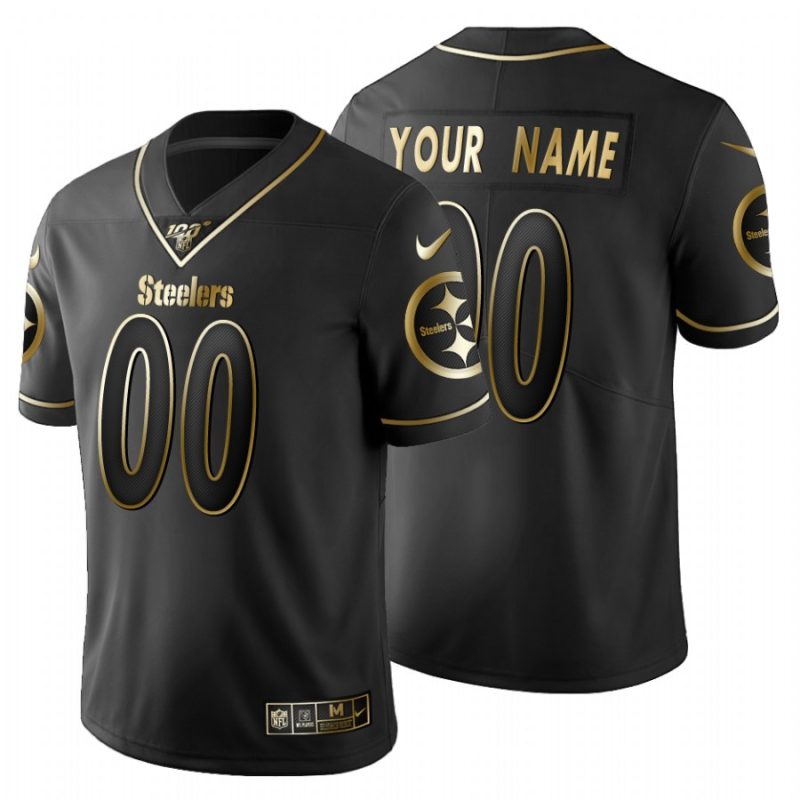
The Psychology Behind the Color Black in Football
There’s science to why all black football jerseys feel so powerful. Studies show that people associate black with strength, authority, and seriousness. These are traits any football team wants to project. Opponents often admit to feeling a twinge of intimidation when facing a team in all black. It’s as if the color itself makes the other side seem bigger, faster, more determined.
For players, wearing all black can boost confidence. It’s a uniform that doesn’t scream for attention, but commands it. Linemen feel tougher in black. Receivers move with a little more swagger. Quarterbacks report feeling more focused, like the color filters out distractions. It’s a small mental edge. But in a game of inches, every edge counts.
How Fans Embrace the All Black Jersey
Fans don’t just watch teams in all black. They wear the look with pride. An all black football jersey is a wardrobe staple, easy to dress up or down. Pair it with jeans and sneakers for a tailgate. Or layer it under a jacket for a night out. It’s versatile enough for a casual grocery run or a stadium showdown. This makes it a favorite among supporters who want to rep their team everywhere.
Collectors go crazy for limited-edition all black jerseys. This is especially true for throwback versions or ones worn in historic games. A Steelers all black jersey from their 2009 Super Bowl run? Priceless. An Alabama all black jersey from that overtime win against Auburn? A trophy. These jerseys aren’t just fan gear. They’re mementos, reminders of great moments in football history.
The Evolution of the All Black Football Jersey
All black football jerseys haven’t always been this popular. Early football uniforms were simple. They were often in team colors with little thought to style. But as the sport grew, teams started experimenting with alternates. Then, all black emerged as a bold choice. The 1980s saw the first wave of all black jerseys in college football. They were worn by teams looking to stand out in a crowded field. By the 2000s, the NFL caught on. Teams like the Steelers and Raiders popularized the look.
Today, technology has made all black jerseys even better. Modern fabrics wick away sweat, keeping players cool under the lights. Bold numbering and subtle logos—often in metallic or matte finishes—ensure the jerseys look sharp on TV and in person. It’s a blend of old-school intimidation and new-school functionality.
Why All Black Jerseys Will Never Go Out of Style
Trends in football fashion come and go. But the all black football jersey is here to stay. It’s timeless, avoiding the pitfalls of busy patterns or bright colors that feel dated after a season. It works for any team, in any era. This is true whether you’re a small college program or an NFL powerhouse. Black doesn’t clash, doesn’t fade, and doesn’t need to be “updated.” It’s perfect as is.
It also connects to something deeper: the raw, competitive spirit of football. When the lights come on and the crowd roars, an all black jersey says, “This is business.” It’s a uniform for winners, for grinders, for teams that let their play do the talking. And that’s a message that will always resonate.
For a deeper dive into football uniform history, vintage football jersey exhibits showcase how styles have evolved over the decades. And if you’re looking to add an all black jersey to your collection, our guide to authentic football fan gear can help you find the real deal.
